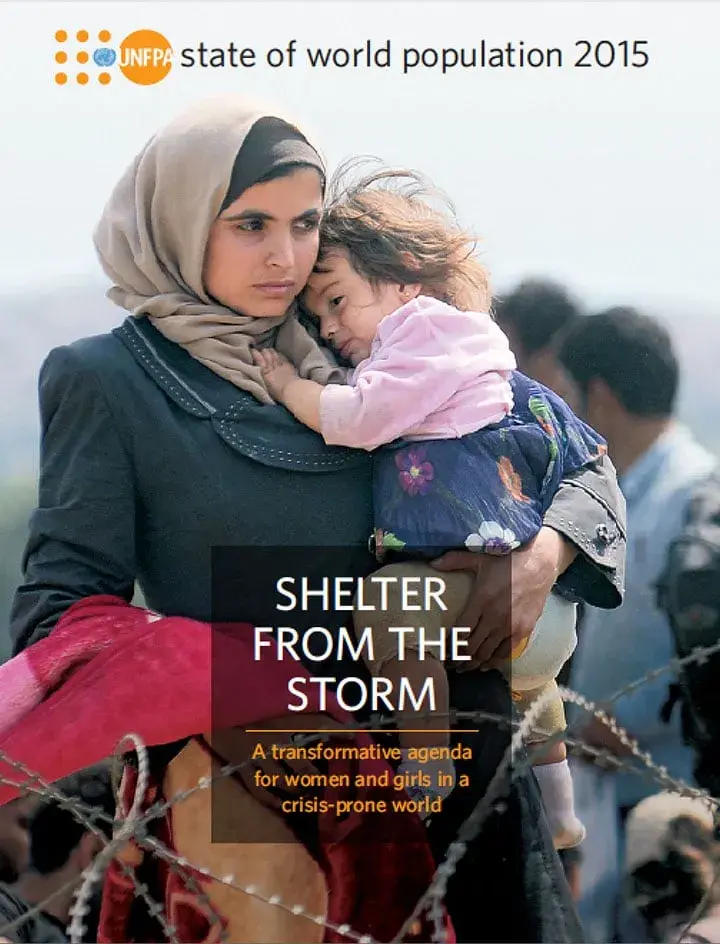More than 100 million people are in need of humanitarian assistance—more than at any time since the end of the Second World War. Among those displaced by conflict or uprooted by disaster are an estimated 26 million women and adolescent girls in their childbearing years. The State of World Population 2015 is a call to action to meet their needs and protect their rights.
While remarkable progress has been achieved during the past decade protecting the health and rights of women and adolescent girls in humanitarian settings, the growth in need has outstripped the growth in funding and services. Yet, these services are of critical importance, especially for very young adolescent girls, who are the most vulnerable and least able to confront the many challenges they face, even in stable times.
Every day, 480 women and adolescent girls die from complications of pregnancy and childbirth in emergency situations and in fragile States. And gender-based violence continues to take a brutal toll, shattering lives and prospects for peace and recovery.
When women and girls can obtain sexual and reproductive health services, along with a variety of humanitarian programmes that deliberately tackle inequalities, the benefits of interventions grow exponentially and carry over from the acute phase of a crisis well into the future, as countries and communities rebuild and people reclaim their lives.
Investments in institutions and actions that build girls’ and women’s human capital and agency and in the resilience of communities and nations over the long run are needed so that when a new crisis strikes, disruption and dislocation may be minimized and recovery accelerated.
The surfeit of crisis and upheaval around the world today demands better economic and social development, better humanitarian action, better risk management, better attention to prevention, preparedness and resilience, and better connections among all of these. And running through them is a common thread: gender and all other forms of equality, achieved in part through full realization of sexual and reproductive health and rights, which will lead to far less vulnerability and much greater resilience for individuals and societies as a whole.
The distinction between humanitarian response and development today is a false one. Humanitarian action can lay the foundations for long-term development. Development that benefits all, enabling everyone to enjoy their rights, including reproductive rights, can help individuals, institutions and communities withstand crisis. It can also help accelerate recovery.
Related links:
Regional overview: Addressing the Needs of Women and Girls in Humanitarian Emergencies in Eastern Europe and Central Asia
Regional feature story: When time won't wait: Meeting basic health needs for pregnant women on the move



